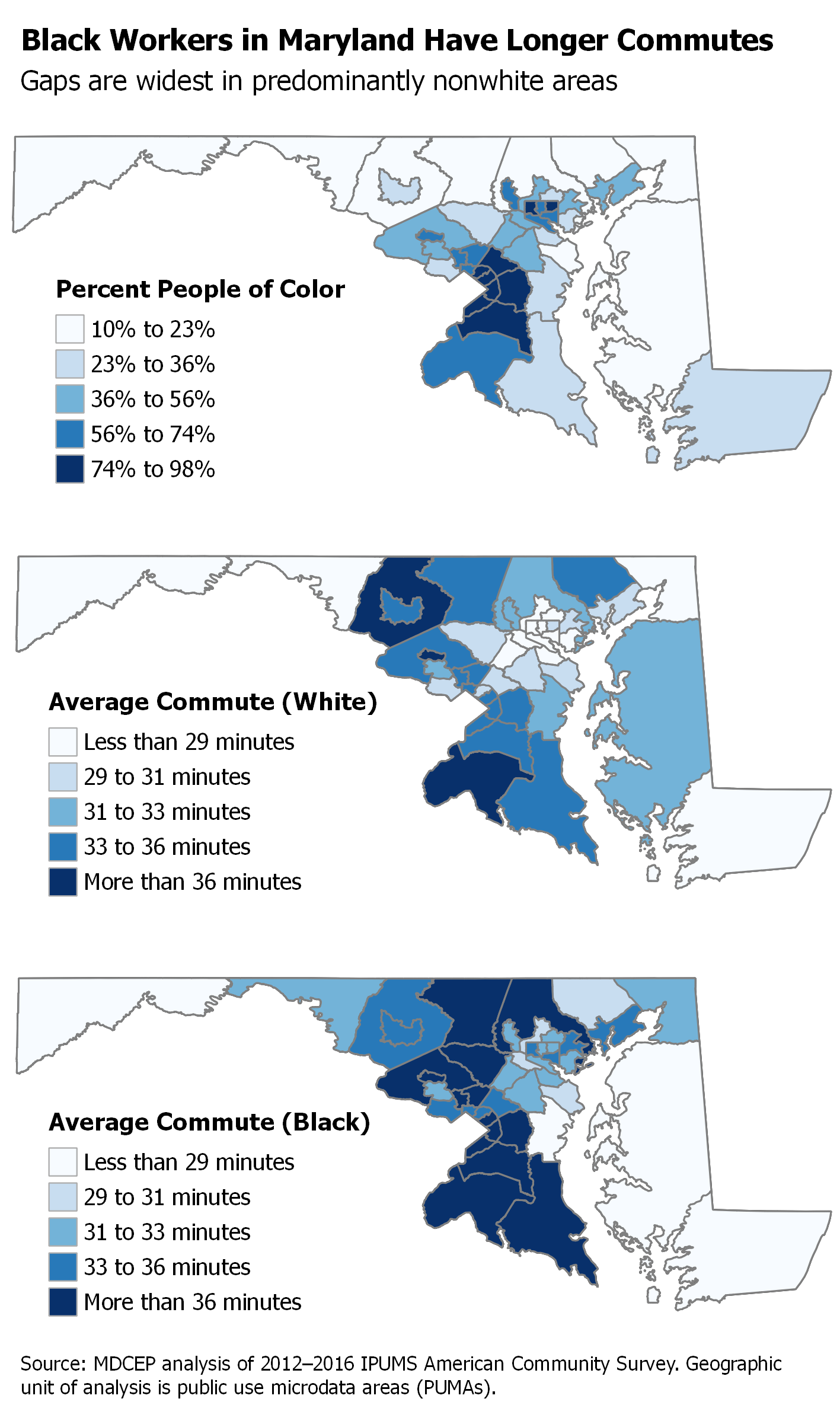There is no better way to understand a society’s priorities than to look at how they are spending their resources. One only needs to look at the newspaper during budget season to understand that states, counties, and cities in our region face difficult budget choices every year. Many jurisdictions have expressed a desire to do more to ensure their work is addressing race-based inequity. But are they putting their money where their mouth is?
At The Community Foundation, we are increasingly seeking to center our work and investments on race equity. The Workforce Collaborative seeks to support our local jurisdictions to better use the power of the budget to achieve equity goals. DC Fiscal Policy Institute (DCFPI) and the Maryland Center on Economic Policy (MDCEP) are two grantees that are working to raise awareness of how well the District government and the Maryland State government, respectively, are budgeting for equity. We asked Kamolika Das, Policy Analyst at DCFPI, and Kali Schumitz, Director of Communications and Partner Engagement at MDCEP, to share what they learned in their recent budget analysis.
Kamolika Das, Policy Analyst at DCFPI:
The DC Fiscal Policy Institute (DCFPI) influences DC budget and policy decisions to reduce poverty and income inequality and to give residents the opportunity for a secure economic future. Funding from the Greater Washington Workforce Development Collaborative housed at the Greater Washington Community Foundation allows DCFPI to support research, education and advocacy efforts to promote better workforce development programs in DC.
Staff members of the The DC Fiscal Policy Institute presenting their 2020 DC budget analysis.
For the last several years, DCFPI has worked with partners to advocate for issues including increased funding for the Career Pathways Innovation Fund, free public transportation for adult learners, and increased transparency about District-wide workforce spending. As a leading source of information on the DC budget, DCFPI releases analyses of the workforce development budget, as well as other issue areas, through the annual “Budget Toolkits”. DCFPI also finalized a report that highlighted the number of workforce development providers in the District that could qualify for federal funding through the SNAP Employment and Training (E&T) program and shared the results with the Department of Human Services which operates DC’s SNAP E&T program.
DCFPI is consistently working to embed a racial equity analysis into our work and is currently in the process of completing a report highlighting the working conditions of Black DC residents. The report will highlight how systemic racism has contributed to inequities in job quality between Black residents and white residents and provide recommendations for workforce development providers and policymakers to design training and education programs that lead workers to high-quality jobs.
The Workforce Collaborative’s funding is crucial for maintaining the capacity needed to create independent research, engage with policymakers, bring diverse advocacy groups together, and collectively work towards a more equitable future for all DC residents.
Kali Schumitz, Director of Communications and Partner Engagement at MDCEP:
Much of the Maryland Center on Economic Policy’s work focuses on the state budget because it provides the clearest reflection of our priorities as a state. Choices about where we invest our shared resources can help or hinder children’s education, economic security for families and communities, and public health and safety.
In 2018, MDCEP published its first “Budgeting for Opportunity” report looking at portions of the state’s budget through this lens. The first report focused on the health, education, and transportation portions of the budget. It highlights the ways the state spending choices affect people’s lives and often reinforce inequity. For example, more than half of Black students in the state attend a school that is under-funded according to state standards, and Black workers in southern Prince George’s County spend an average of 55 more hours per year commuting than their white neighbors. The report recommends policy solutions that support thriving communities in all parts of the state.
MDCEP is using this report to help our partners, policymakers, and the public better understand how choices in the budget affect families and communities across the state, and to advance policy changes that can improve equity. We also conducted several trainings aimed at helping other nonprofit advocates do their own racial and ethnic equity analysis of the portions of the budget that they focus on.
Thanks in part to support from Workforce Collaborative housed at the Greater Washington Community Foundation, we are now working to expand our analysis to other sections of the budget. Our forthcoming report will focus on criminal justice and workforce development. We are looking forward to sharing our findings later this year.



